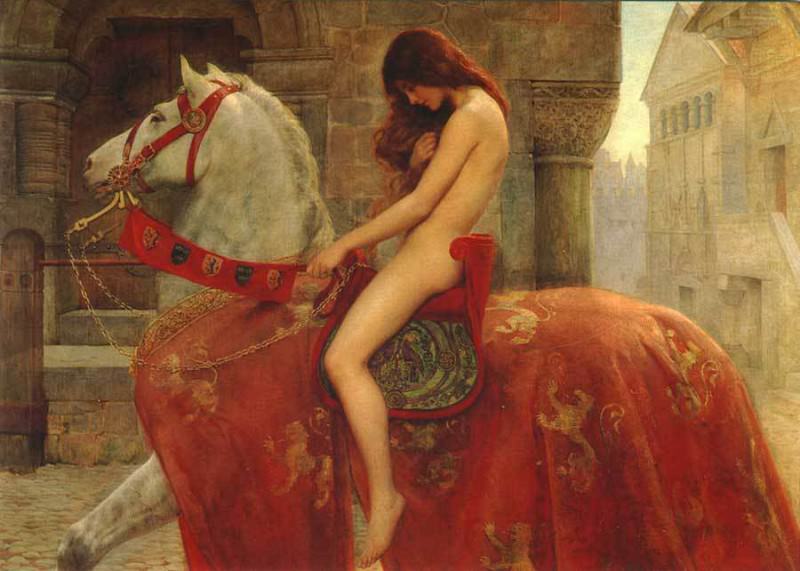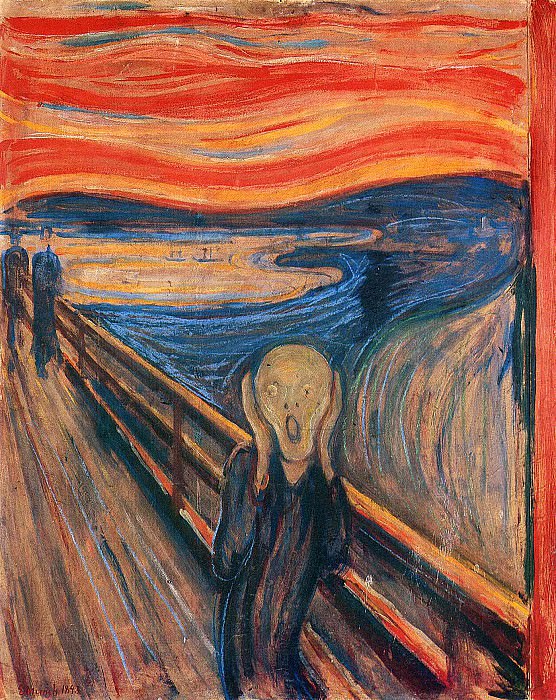Nicolas Poussin: Master of Classical French Baroque
Nicolas Poussin, one of the most celebrated painters of the 17th century, is widely recognized as the founder of the French Classical Baroque style. Born in Les Andelys, Normandy, in 1594, Poussin's life and work represent a profound dedication to classical ideals, combining intellectual rigor with a deep understanding of human nature. His art, characterized by its clarity, order, and emotional restraint, set the standard for generations of European painters and continues to be a touchstone for the study of classical art.
Poussin's early life was marked by a strong inclination toward drawing and painting, which eventually led him to Paris, where he studied under various masters. His time in Paris was crucial in shaping his artistic identity, exposing him to a range of influences, including the works of Raphael and the antique sculptures that were central to the Renaissance tradition. These influences would become integral to Poussin's artistic philosophy, as he sought to create works that were not only visually pleasing but also intellectually stimulating.
In 1624, Poussin moved to Rome, a city that would become his home for the rest of his life and the primary source of his inspiration. Rome, with its rich history and abundance of classical ruins, provided Poussin with the perfect environment to develop his unique style. His work during this period is marked by a profound engagement with classical antiquity, both in terms of subject matter and form. Poussin's paintings from this time often depict scenes from ancient history, mythology, and the Bible, rendered with a precision and clarity that reflect his deep understanding of classical ideals.
One of Poussin's most significant contributions to art is his development of a highly structured compositional style. His paintings are characterized by their clear organization, often using geometric shapes to create a sense of balance and harmony. This approach is evident in works such as "The Death of Germanicus" and "The Rape of the Sabine Women," where the composition is carefully arranged to guide the viewer's eye through the narrative. Poussin's use of color and light further enhances this sense of order, with his palette often dominated by muted tones that lend a sober, reflective quality to his work.
Poussin's approach to art was deeply intellectual, and he believed that painting should be a "noble and serious art" that could convey complex ideas and emotions. He was particularly interested in the concept of "history painting," which he considered the highest form of art. History painting, as Poussin practiced it, involved the depiction of scenes from history, mythology, or religion, often with a moral or philosophical message. His works in this genre are notable for their meticulous attention to detail, their carefully considered compositions, and their ability to convey profound emotional and intellectual depth.
One of Poussin's most famous works, "Et in Arcadia Ego," exemplifies his approach to history painting. The painting depicts a group of shepherds in a classical landscape, gathered around a tomb bearing the inscription "Et in Arcadia Ego," which can be translated as "Even in Arcadia, I exist." The phrase is a reminder of the presence of death even in the idyllic setting of Arcadia, a theme that Poussin explores with characteristic subtlety and depth. The painting's composition is carefully balanced, with the figures arranged in a way that emphasizes their contemplative mood, while the muted colors and soft lighting create an atmosphere of quiet reflection.
Poussin's influence on the art world was profound and far-reaching. His emphasis on order, clarity, and intellectual rigor set the standard for academic painting in France and beyond. In the 18th century, Poussin's work was revered by the French Academy, and his style became the model for generations of painters. His influence can be seen in the works of artists such as Jacques-Louis David, who admired Poussin's ability to convey complex ideas through his art.
Despite his success, Poussin remained a deeply private and introspective individual, dedicating his life to his art and his intellectual pursuits. He spent much of his time studying classical literature, philosophy, and history, which he believed were essential to understanding and creating great art. This intellectual approach to painting is reflected in the depth and complexity of his work, which continues to captivate and inspire viewers today.
In his later years, Poussin's style evolved, becoming more introspective and focused on the emotional and spiritual aspects of his subjects. His later works, such as "The Four Seasons" series, are notable for their poetic and allegorical content, exploring themes of time, nature, and the human condition. These paintings, with their subdued color palette and serene compositions, reflect a mature artist who had achieved a profound understanding of his craft and the world around him.
Poussin's legacy is one of intellectual and artistic excellence. His work represents the pinnacle of classical French Baroque painting, combining technical mastery with a deep engagement with the philosophical and moral questions of his time. His influence can be seen in the works of countless artists who followed in his footsteps, and his paintings continue to be studied and admired for their clarity, order, and emotional depth.
Today, Poussin's works can be found in major museums around the world, including the Louvre in Paris, the National Gallery in London, and the Metropolitan Museum of Art in New York. These institutions recognize Poussin as one of the greatest painters of the 17th century, and his works are considered masterpieces of classical art. Whether through his meticulously composed history paintings or his introspective later works, Poussin's art continues to speak to viewers across the centuries, offering a window into the mind of a true master of his craft.



